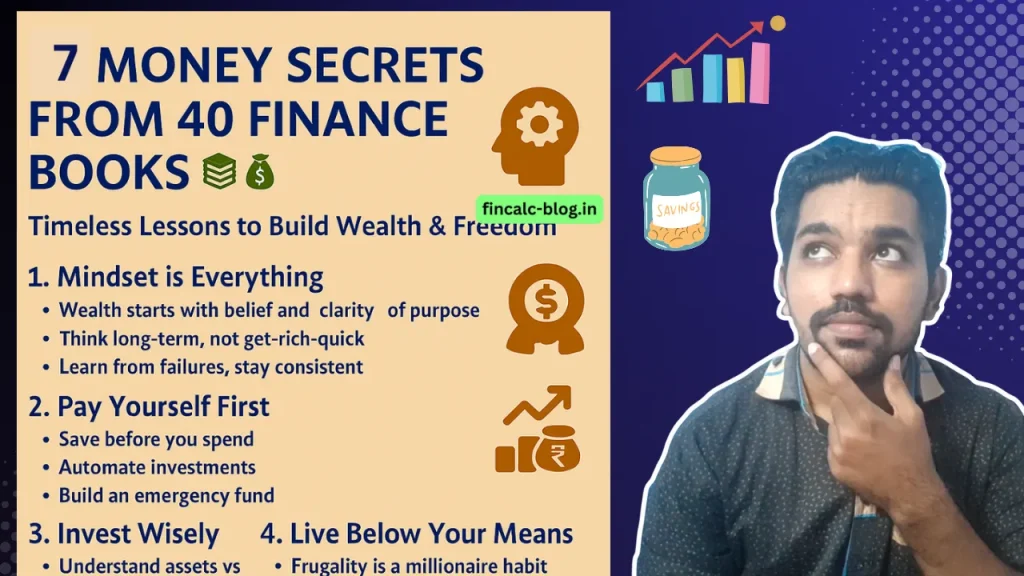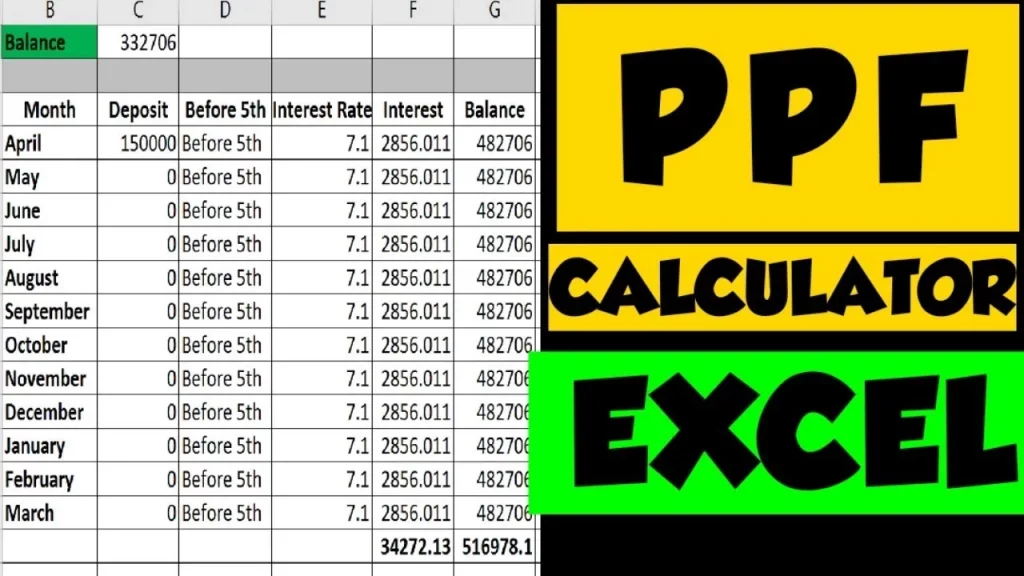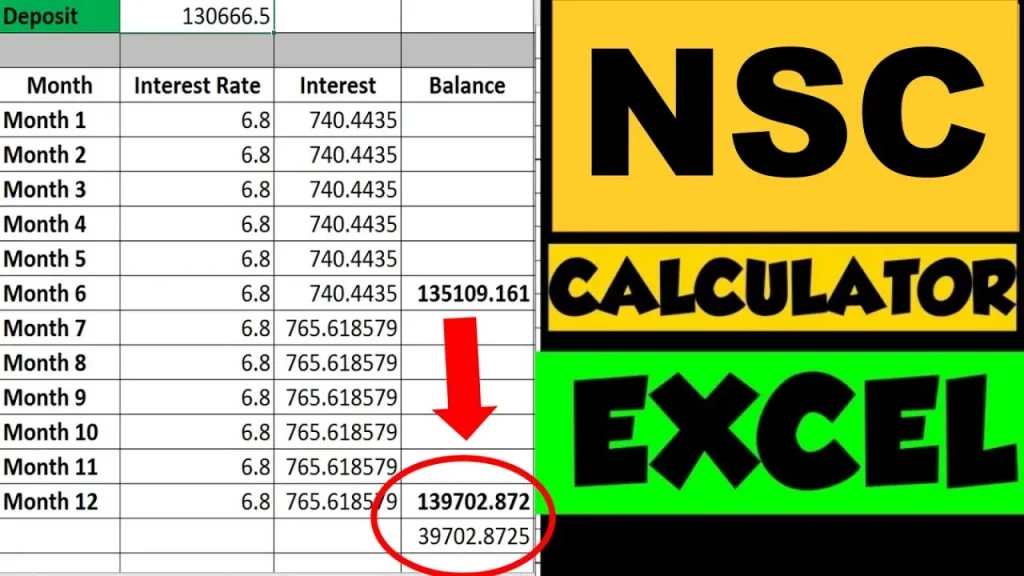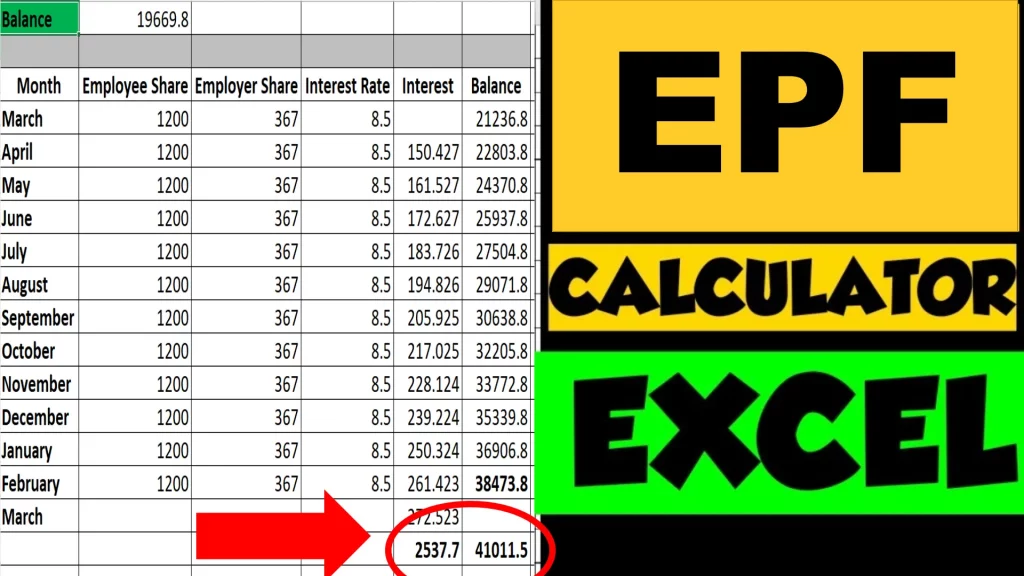In a world increasingly focused on financial independence, the pursuit of wealth has become a central theme for many. But how does one navigate the vast landscape of financial advice to truly achieve prosperity? This blog post focuses on the most impactful Lessons from 40 Money Books to Get Rich, and actionable strategies, offering a comprehensive guide to understanding, building, and sustaining riches. Whether you’re a seasoned investor or just starting your financial journey, these insights provide a roadmap to transforming your financial future.
- Understanding the Foundation: Assets vs. Liabilities
- Diversifying Your Income: Beyond the 9-to-5
- The Three Lanes to Financial Life: Sidewalk, Slow Lane, and Fast Lane
- The Power of Mindset and the Importance of Action
- Learning from Patterns, Not Just Exceptional Stories
- Tackling “Ignorance Debt” in Investing
- Investing in Yourself: The Fastest Path to Growth
- FAQ Section
- What is the main difference between an asset and a liability?
- Why is it important to diversify income streams?
- What are the “Sidewalk,” “Slow Lane,” and “Fast Lane” in financial terms?
- Is mindset enough to get rich?
- What is “ignorance debt” in investing, and how can I avoid it?
- Why is investing in yourself considered the fastest path to growth?
- Conclusion
Understanding the Foundation: Assets vs. Liabilities
One of the most critical distinctions in personal finance, and a recurring theme across numerous wealth-building books, is the clear differentiation between assets and liabilities. This concept, often simplified but very impactful, forms the foundation of financial intelligence.
What are Assets?
Assets are financial instruments or possessions that put money into your pocket. They are the engines of wealth creation, generating income or appreciating in value over time. Examples include:
- Investments: Stocks, bonds, mutual funds, and exchange-traded funds (ETFs) that pay dividends or increase in capital value
- Real Estate: Rental properties that generate consistent rental income
- Businesses: Enterprises, whether traditional or online, that produce profits
- Intellectual Property: Royalties from books, music, patents, or software
- Side Hustles: Activities outside your primary employment that generate additional income
The core idea is that assets work for you, even when you’re not actively working. They create passive or semi-passive income streams that contribute to your financial growth.
ALSO READ: Buy vs Rent a House in India with Excel Calculator
What are Liabilities?
Conversely, liabilities are financial obligations or possessions that take money out of your pocket. They are expenses that deplete your wealth and often depreciate in value. Common examples include:
- Consumer Debt: Credit card debt, personal loans, and car loans.
- Depreciating Assets: Cars, boats, or other luxury items that lose value rapidly and incur ongoing maintenance costs.
- Your Primary Residence (in some contexts): While a home can be an asset in terms of appreciating value, it often functions as a liability due to mortgage payments, property taxes, insurance, and maintenance costs. Viewing your home as a primary investment can tie up significant capital that could otherwise be invested more profitably, with options such as stocks or mutual funds with liquidity as additional advantage.
The key takeaway here is to minimize liabilities and maximize assets. Every rupee you spend on a liability is a rupee that cannot be invested in an asset that generates income for you. This perspective encourages a shift from immediate gratification to long-term financial growth, viewing each rupee as an “employee” that should be put to work.
ALSO READ: Home Loan EMI Calculation with Prepayment in Excel
Diversifying Your Income: Beyond the 9-to-5
The traditional path to wealth often involves a single, stable job. However, many financial experts advocate for exploring diverse income streams to accelerate wealth accumulation and achieve true financial freedom. The “Cashflow Quadrant” by Robert Kiyosaki, a concept frequently referenced in financial literature, categorizes income generation into four distinct areas:
- E (Employee): Earning a salary by working for someone else. This offers stability but often limits financial upside and control over your time
- S (Self-Employed): Working for yourself, such as freelancers, consultants, or small business owners. This provides more control but still heavily relies on your direct time and effort
- B (Business Owner): Owning a large business system that works independently of your direct involvement. This involves building scalable systems and delegating tasks, allowing for significant passive income
- I (Investor): Earning money from your investments, where your money works for you. This is the ultimate goal for many seeking financial independence
So, relying solely on an employee mindset can limit financial freedom. Books like The 4-Hour Work Week by Timothy Ferriss provides the idea of working smarter, not just harder, by building automated businesses and creating systems that generate income with minimal ongoing effort. This approach aims to achieve a “retired millionaire lifestyle” much sooner than the traditional retirement age.
The emphasis is on leveraging your skills and time to create products or services that can scale and generate earnings long after the initial effort, shifting you from the “E” or “S” quadrant towards the “B” or “I” quadrants.
The Three Lanes to Financial Life: Sidewalk, Slow Lane, and Fast Lane
M.J. DeMarco’s The Millionaire Fastlane introduces a compelling framework for understanding different financial paths:
The Sidewalk
This path describes individuals who live paycheck to paycheck, spending more than they earn. They often accumulate debt and have little to no savings or investments. This lifestyle is characterized by immediate gratification and a lack of long-term financial planning, leading to inevitable financial struggle.
The Slow Lane
This is the most common and traditional path. It involves getting a stable job, saving a portion of your income, investing consistently (often in retirement accounts), and retiring much later in life. While this path can lead to financial security, it typically involves trading a significant amount of time for money and a delayed gratification of financial freedom. It relies on compounding returns over many decades and often means sacrificing current lifestyle for future security.
The Fast Lane
This path is about leveraging your time and effort to create significant passive income streams. It involves building scalable businesses, developing products, or investing in ventures that generate earnings long after the initial work is done. The Fast Lane requires significant hustle, hard work, discipline, and a willingness to take calculated risks. It’s not about getting rich quick, but rather about accelerating wealth creation through strategic effort and system building. This path emphasizes creating value for a large number of people, which in turn generates substantial financial returns. It is about creating systems that work for you, rather than you working for money.
The Power of Mindset and the Importance of Action
While many self-help and financial books emphasize the importance of a positive mindset – mindset is necessary but not sufficient for wealth creation.
Cultivating a Wealth Mindset
An abundance mindset, which focuses on possibilities and opportunities rather than limitations, is undoubtedly crucial. It helps align your thoughts and actions towards financial growth, fostering resilience and creativity in the face of challenges. Believing in your ability to create wealth and seeing opportunities where others see obstacles can significantly impact your financial journey. This involves shifting from a scarcity mentality to one of abundance, recognizing that resources are plentiful and opportunities for wealth creation are everywhere.
Mindset Alone is Not Enough
However, simply having a positive mindset without consistent, focused action will not lead to riches. Wealth is built through diligent effort, strategic decision-making, and persistent execution. While mindset can open doors, it’s the action that walks through them. This means translating your financial goals into concrete steps, executing your plans, and adapting as needed. It’s the combination of a strong mental framework and relentless action that truly drives financial success. Without action, even the most profound insights remain theoretical.
ALSO READ: 15-65-20 Rule for Financial Freedom
Learning from Patterns, Not Just Exceptional Stories
A common pitfall in the pursuit of wealth is focusing too heavily on individual success stories, particularly those of billionaires or highly successful entrepreneurs. While inspiring, these narratives can sometimes be misleading.
The Role of Luck in Exceptional Outcomes
Take caution against attributing financial success solely to individual brilliance or effort, especially in cases of extreme wealth (e.g., Bill Gates). While hard work and talent are undoubtedly factors, luck often plays a significant role in exceptional outcomes. Market timing, unforeseen opportunities, or fortunate circumstances can contribute significantly to extraordinary success. Relying solely on these outlier stories can lead to unrealistic expectations and a misunderstanding of the repeatable principles of wealth building.
Focusing on Repeatable Patterns and Fundamentals
Instead, focus on identifying repeatable patterns and fundamental principles that apply broadly to financial success. These are the strategies and habits that consistently lead to wealth for a wide range of individuals, rather than just a select few. This involves studying common traits among successful investors, entrepreneurs, and financially independent individuals.
These patterns might include consistent saving, disciplined investing, continuous learning, risk management, and diversifying income streams. By understanding these fundamentals, individuals can build a more robust and sustainable path to wealth, rather than chasing a lottery-like outcome.
Tackling “Ignorance Debt” in Investing
Many aspiring investors fall into the trap of overestimating their understanding of the market, leading to premature confidence and potentially costly mistakes. This “ignorance debt” can hinder financial progress.
Building a Strong Foundation
Understand the importance of building a solid foundation in investing knowledge. Books like The Intelligent Investor by Benjamin Graham and Girls That Invest by Simran Kaur are recommended for their ability to provide a rational framework for understanding the stock market. These resources help beginners grasp fundamental concepts, risk management, and long-term investment strategies. The goal is to move beyond superficial knowledge and develop a deep understanding of how markets work and how to make informed decisions.
Long-Term Investing: Rationality and Emotional Control
Long-term investing, contrary to popular belief, does not require specialist knowledge or constant market monitoring. Instead, it demands a rational framework and, crucially, emotional control. The ability to remain calm during market fluctuations, avoid impulsive decisions, and stick to a well-thought-out investment plan is paramount. This often means resisting the urge to chase fads or panic sell during downturns.
The Power of Index Funds
For beginners, investing in index funds is often highlighted as a winning strategy. John Bogle, in The Little Book of Common Sense Investing, famously advocated for this approach. Index funds offer diversification, low fees, and passively track a market index, providing broad market exposure without the need for active stock picking. This strategy allows investors to benefit from the overall growth of the market over time, making it an excellent choice for those new to investing or seeking a hands-off approach.
Leveraging Everyday Knowledge
Interestingly, some of the best investment opportunities can be found in products or services you already know and engage with daily. Average investors often have an advantage over professionals in this regard, as they are closer to consumer trends and innovations. By paying attention to what you use, what your friends use, and what’s gaining popularity, you can identify potential investment opportunities in companies that are successfully serving real-world needs. This “invest in what you know” philosophy can be a powerful complement to a diversified index fund strategy.
Investing in Yourself: The Fastest Path to Growth
While stock market investing is a crucial component of long-term wealth building, it is inherently a slow and steady game. For more immediate growth and accelerated financial progress, you should understand the importance of investing in yourself.
Skills, Knowledge, and Business Ventures
Investing in yourself can take many forms:
- Financial Management Skills: Learning about budgeting, debt management, and tax planning can significantly impact your net worth.
- Business Ventures: Starting a side hustle, developing a product, or launching a small business can create new income streams and provide valuable entrepreneurial experience.
- Skill Development: Acquiring new skills that are in demand can lead to higher earning potential in your current job or open doors to new career opportunities. This includes continuous learning through courses, certifications, or self-study.
- Networking: Building relationships with mentors, peers, and industry leaders can provide invaluable insights and opportunities.
These investments in yourself can yield substantial returns in the short to medium term, often far exceeding the returns from traditional stock market investments during the initial stages of wealth building. They empower you to increase your income actively, rather than passively waiting for market returns.
Discipline, Persistence, and Emotional Control
Ultimately, there are no shortcuts to getting rich. The path to wealth is paved with discipline, persistence, and emotional control. It requires a long-term perspective, a willingness to learn and adapt, and the resilience to overcome setbacks. True financial freedom is a journey, not a destination, built on consistent effort and smart decisions.
Download the Retirement Excel calculator using below link to plan for your financial independence and retirement phase:
FAQ Section
What is the main difference between an asset and a liability?
An asset puts money into your pocket (e.g., investments, rental properties), while a liability takes money out of your pocket (e.g., consumer debt, depreciating possessions).
Why is it important to diversify income streams?
Diversifying income streams, moving beyond just a 9-to-5 job, provides greater financial freedom, accelerates wealth accumulation, and reduces reliance on a single source of income.
What are the “Sidewalk,” “Slow Lane,” and “Fast Lane” in financial terms?
These are three paths to financial life: The Sidewalk (spending more than you earn), The Slow Lane (traditional job, saving, and retiring late), and The Fast Lane (leveraging time to build scalable businesses and passive income).
Is mindset enough to get rich?
While a positive mindset is crucial for aligning your actions towards wealth, it is not sufficient on its own. Consistent, focused action and strategic execution are also required to build wealth.
What is “ignorance debt” in investing, and how can I avoid it?
“Ignorance debt” refers to overestimating your understanding of investing, leading to premature confidence. You can avoid it by building a strong foundation in investing knowledge through reputable books and focusing on long-term, rational strategies like index fund investing.
Why is investing in yourself considered the fastest path to growth?
Investing in yourself (e.g., acquiring new skills, starting a side hustle, improving financial literacy) can lead to higher earning potential and new income streams, often yielding faster returns than traditional stock market investments in the short to medium term.
Conclusion
Understanding the key lessons from 40 financial books reveals that while specific strategies may vary, the core principles of wealth creation remain consistent. The journey to becoming rich is not about finding a secret formula, but rather about adopting a holistic approach that encompasses financial literacy, strategic action, and a resilient mindset.
By understanding the fundamental difference between assets and liabilities, actively seeking diverse income streams, and choosing the “Fast Lane” approach to wealth building, individuals can significantly accelerate their financial progress. Furthermore, cultivating a proactive mindset, learning from repeatable patterns rather than just exceptional stories, and diligently tackling “ignorance debt” in investing are crucial steps.
Ultimately, the most powerful investment you can make is in yourself – in your knowledge, skills, and entrepreneurial ventures. While the stock market offers long-term growth, personal development and active income generation provide the quickest path to increasing your financial capacity. The lessons distilled from these 40 books underscore that wealth is a marathon, not a sprint, demanding discipline, persistence, and unwavering emotional control. By embracing these principles, anyone can embark on a transformative journey towards enduring financial freedom and a truly rich life.
Some more Reading:
- SIP vs SWP which is right for you
- Mutual Fund Returns Calculator for 10 Years
- 3 Steps to get 2.5 Lakh Monthly Passive Income
Save Home Loan Interest Amount!
Use Home Loan Excel Calculator that will help you to Save Interest Amount on Home Loan EMI.
Click below button to download Home Loan EMI and Prepayment Calculator in Excel:
Watch how Home Loan Calculator in Excel Works
Income Tax Calculator App – FinCalC
For Income Tax Calculation on your mobile device, you can Download my Android App “FinCalC” which I have developed for you to make your income tax calculation easy.
What you can do with this mobile App?
- Calculate Income Tax for new FY 2024-25 and previous FY 2023-24
- Enter estimated Investments to check income tax with Old and New Tax Regime
- Save income tax details and track regularly
- Know how much to invest more to save income tax
- More calculators including PPF, SIP returns, Savings account interest and lot more
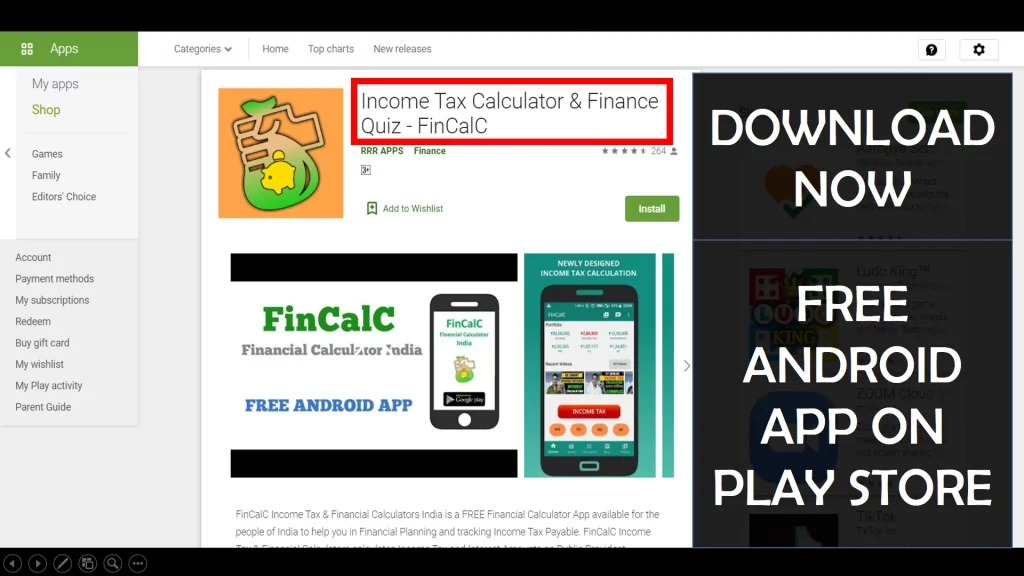
Use Popular Calculators:
- Income Tax Calculator
- Home Loan EMI Calculator
- SIP Calculator
- PPF Calculator
- HRA Calculator
- Step up SIP Calculator
- Savings Account Interest Calculator
- Lump sum Calculator
- FD Calculator
- RD Calculator
- Car Loan EMI Calculator
- Bike Loan EMI Calculator
- Sukanya Samriddhi Calculator
- Provident Fund Calculator
- Senior Citizen Savings Calculator
- NSC Calculator
- Monthly Income Scheme Calculator
- Mahila Samman Savings Calculator
- Systematic Withdrawal Calculator
- CAGR Calculator
I’d love to hear from you if you have any queries about Personal Finance and Money Management.
JOIN Telegram Group and stay updated with latest Personal Finance News and Topics.
Download our Free Android App – FinCalC to Calculate Income Tax and Interest on various small Saving Schemes in India including PPF, NSC, SIP and lot more.
Follow the Blog and Subscribe to YouTube Channel to stay updated about Personal Finance and Money Management topics.

